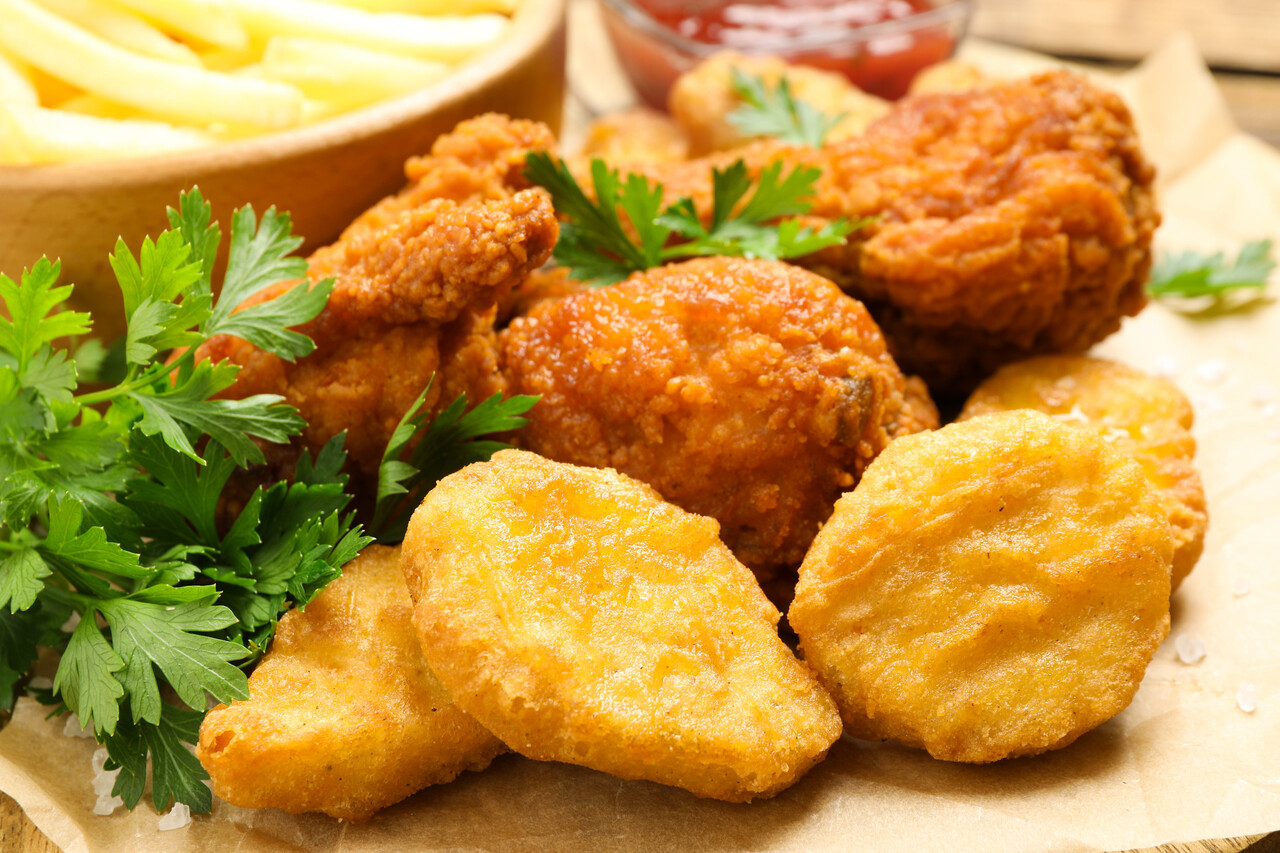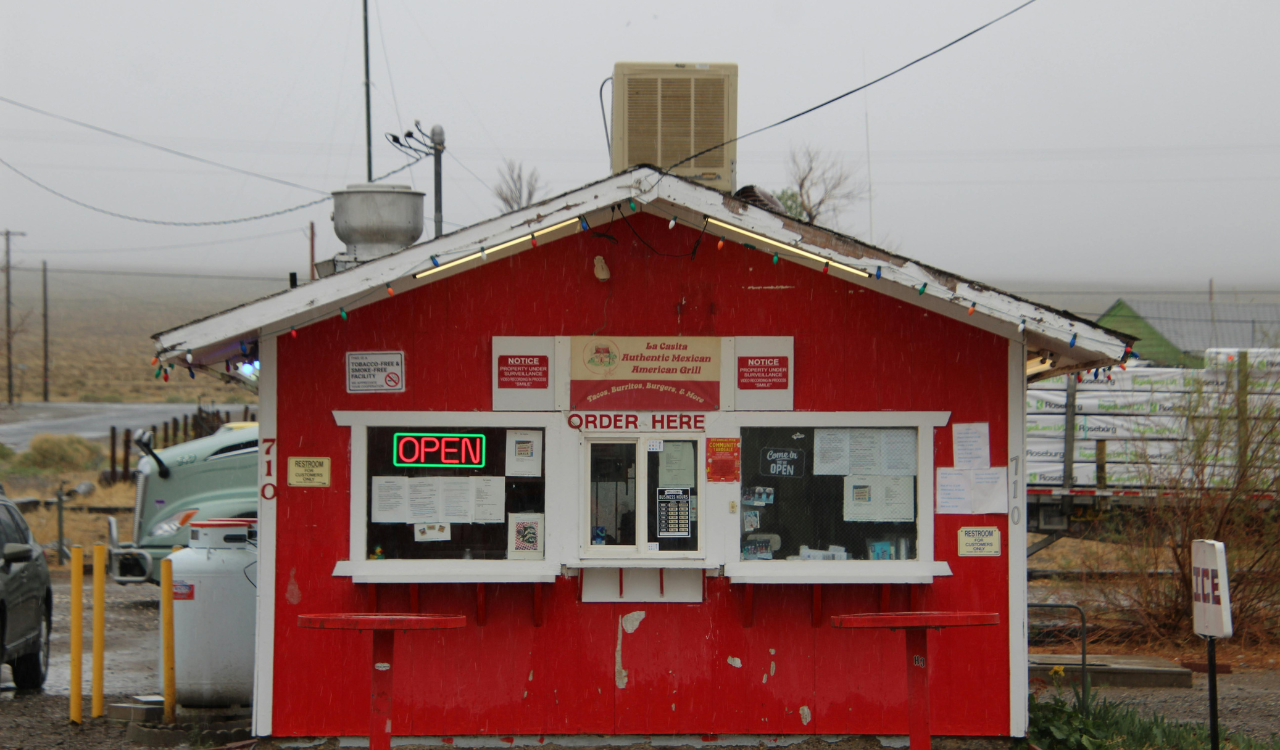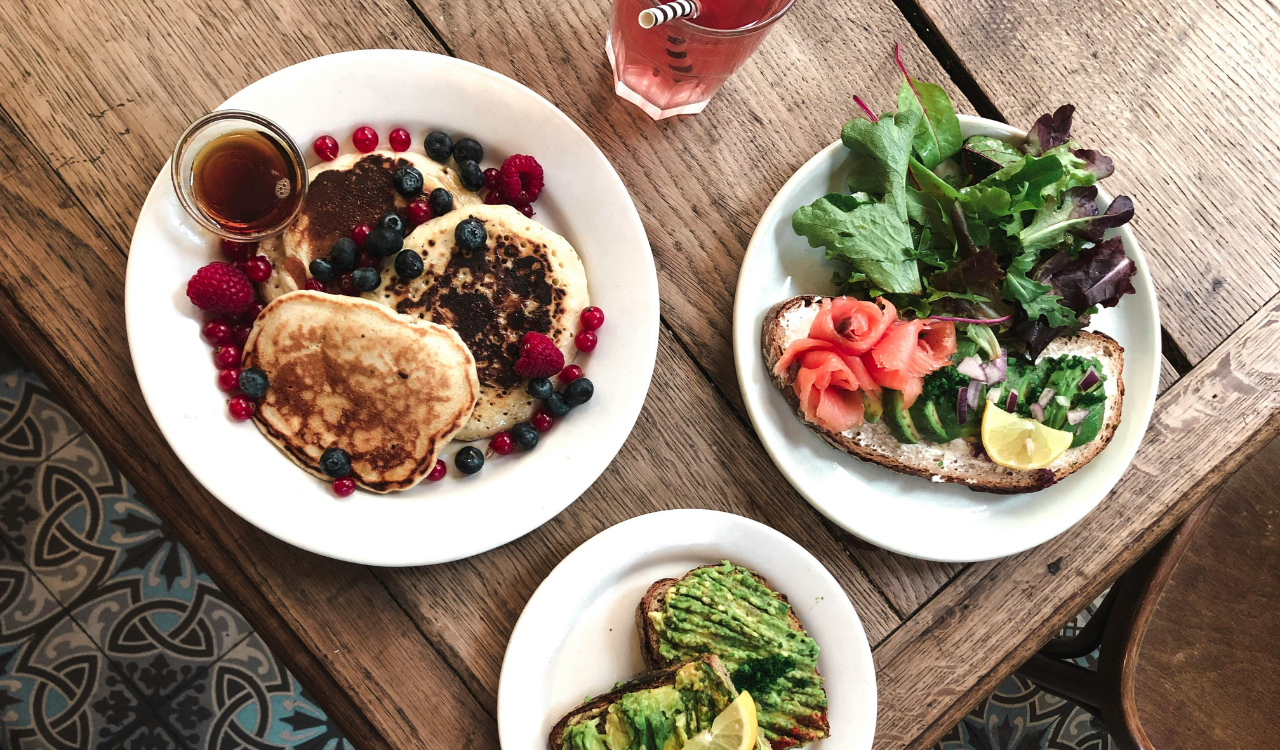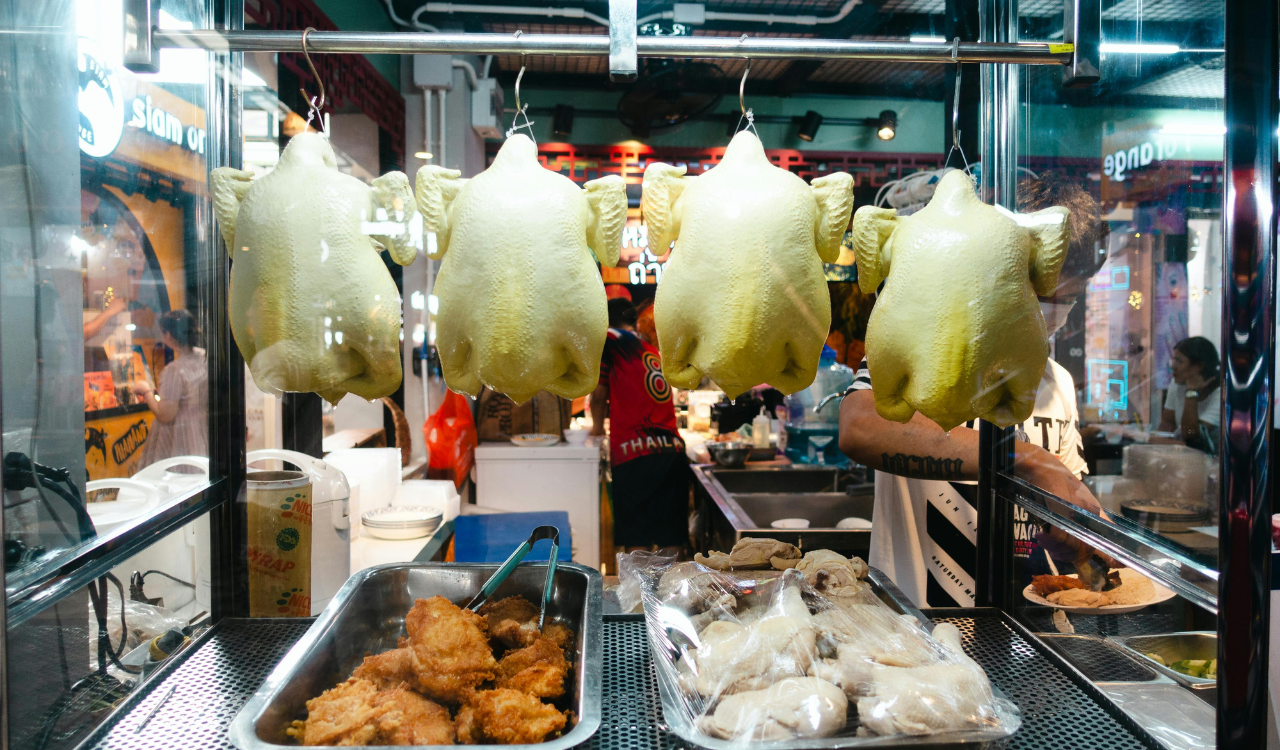11 Kitchen Habits That Annoy Every Professional Chef

Professional chefs are not only talented; they are also effective, well-organized, and taught to steer clear of costly or hazardous errors in stressful situations. Therefore, some behaviors may make them cringe when they enter a home kitchen or even when they watch someone cook online. Nor are these behaviors merely “preferences.” They affect time, safety, flavor, and texture. Professionals recognize the problems as warning signs, but amateur cooks may not notice them at first. Knowing these chef-approved tips will help you step up your cooking, whether your goal is to become a better cook or just to avoid ruining a delicious meal. Smarter, safer cooking that consistently produces better results is the goal here, not being ostentatious or fussy.
1. Using Dull Knives
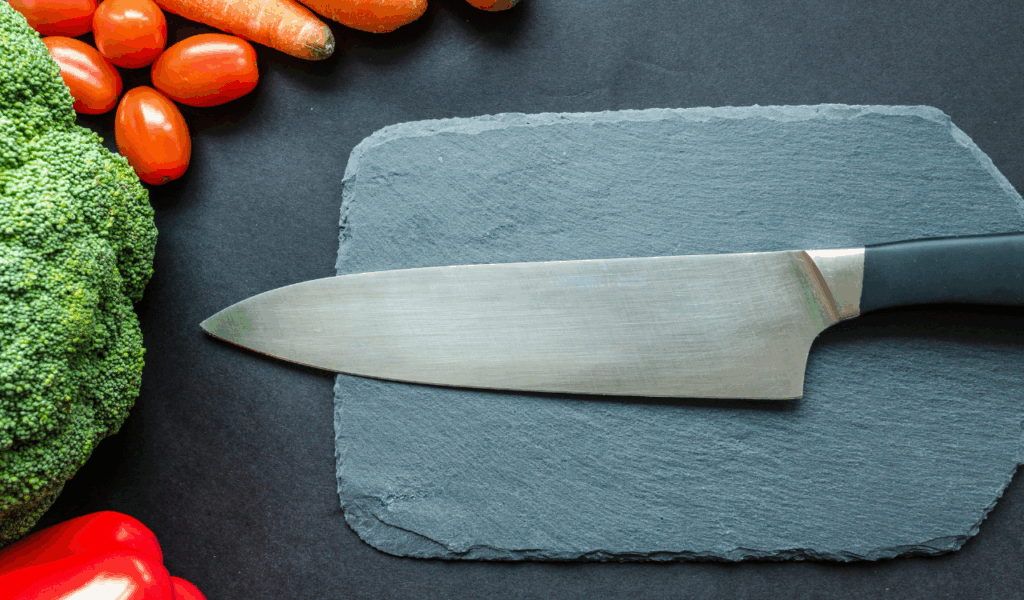
Chefs have a major pet peeve for dull knives. They significantly raise the risk of injury in addition to making prep work annoyingly slow. Cutting with a dull knife requires more effort, which frequently results in slipping and erratic blade movement. This is particularly risky when handling greasy foods like meat, tomatoes, or onions. In contrast, a sharp knife glides precisely and cleanly. It enhances the look of sliced foods, improves control, and lessens hand fatigue. Chefs use a sharpening stone or tool at home or have their knives professionally sharpened on a regular basis. This one adjustment can have a huge impact if you cook frequently.
2. Not Prepping Ingredients First (Poor Mise en Place)

Every chef lives by the French phrase “mise en place,” which translates to “everything in its place.” Before you even turn on the stove, you should gather, measure, wash, chop, and arrange all of your ingredients. Home cooks frequently neglect this in an attempt to multitask, such as chopping garlic while the onions are already burning in the pan or discovering midway through that they are missing an essential spice. In addition to causing stress, this frequently results in food being burned, cooking unevenly, or steps being forgotten. You can maintain composure and control by preparing the ingredients first. Additionally, it enables you to identify errors (such as substituting sugar for salt) before they become disastrous. You should never skip mise en place, just as professionals do.
3. Overcrowding Pans or Baking Trays
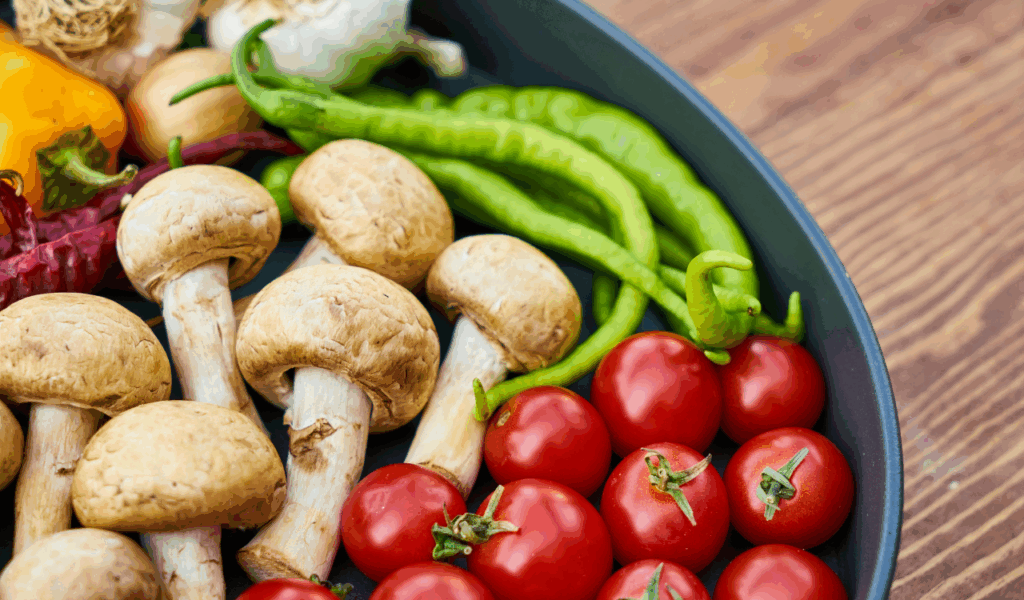
Although it might save time, packing too much into a pan or baking sheet ruins the textures you want. Food steams rather than sears when it is overcrowded because moisture is trapped and released into the pan. This explains why your roasted veggies become soggy rather than crisp and your mushrooms become limp rather than golden. Chefs are aware that airflow between ingredients is necessary for a proper roast or sear. Use two pans or cook in batches if you’re cooking a lot. It does take a little longer, but it’s worth it for the reward. Every time, you’ll get results that look professional, have deeper flavor, and brown better.
4. Skipping Rest Time for Meats After Cooking
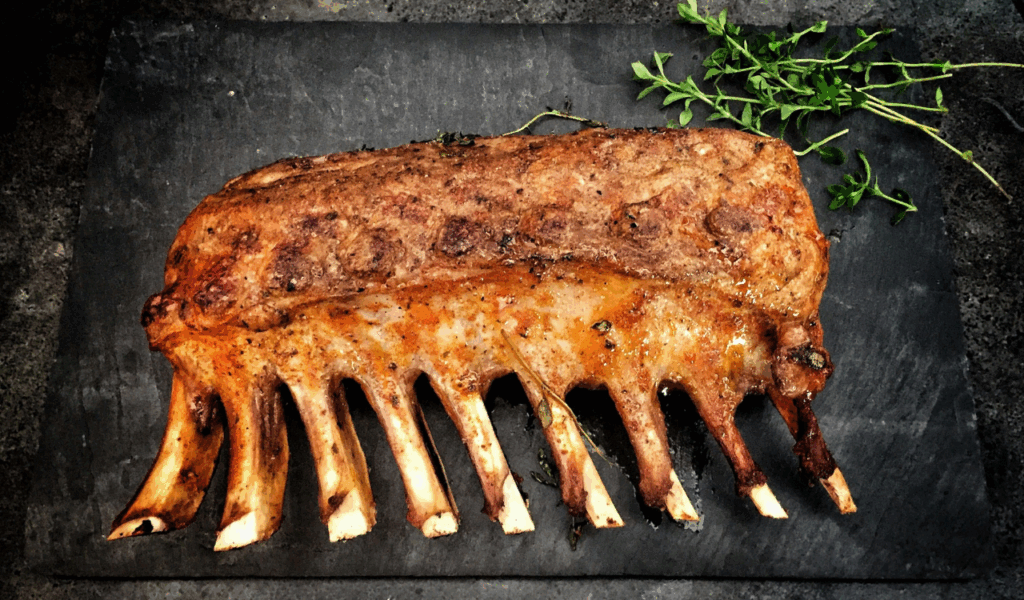
One of the most important but frequently overlooked steps in cooking meat is this one. Heat causes the meat’s juices to concentrate in the center immediately after cooking. Instead of remaining in the meat, those juices will spill out onto your plate if you cut into it right away. In order to allow the internal temperature to stabilize and the juices to redistribute, chefs allow cooked meats to rest. Every bite of the meat is moist and flavorful as a result. Generally speaking, give roasts 15 to 20 minutes and steaks 5 to 10 minutes to rest. Meat can also be kept warm by resting it under a loose foil tent. No matter how well you cook it, if you skip this step, the result will be dry.
5. Seasoning Without Tasting as You Go
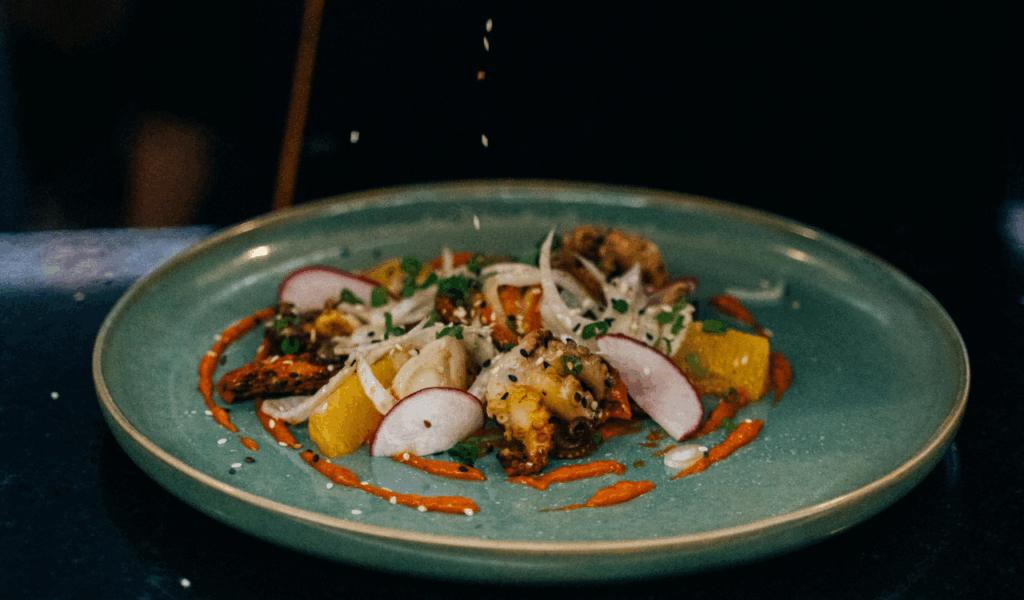
Tasting is your most effective tool in the art of seasoning. When adding salt, pepper, or acid, many home cooks either underseason or wait until the very end. However, chefs create depth and balance in flavor by layering seasoning throughout the cooking process. You can better understand how flavors evolve and make necessary adjustments by tasting as you go. Perhaps your sauce needs more salt to bring out the sweetness, or your soup needs a little vinegar to brighten it up. In order to adjust seasoning in real time, chefs also use instruments like squeeze bottles, tiny ramekins, and tasting spoons. You’re basically flying blind if you don’t taste as you cook, and you run the risk of producing a dish that is uninteresting, overpowering, or simply off.
6. Neglecting Food Safety: Defrosting & Cross Contamination
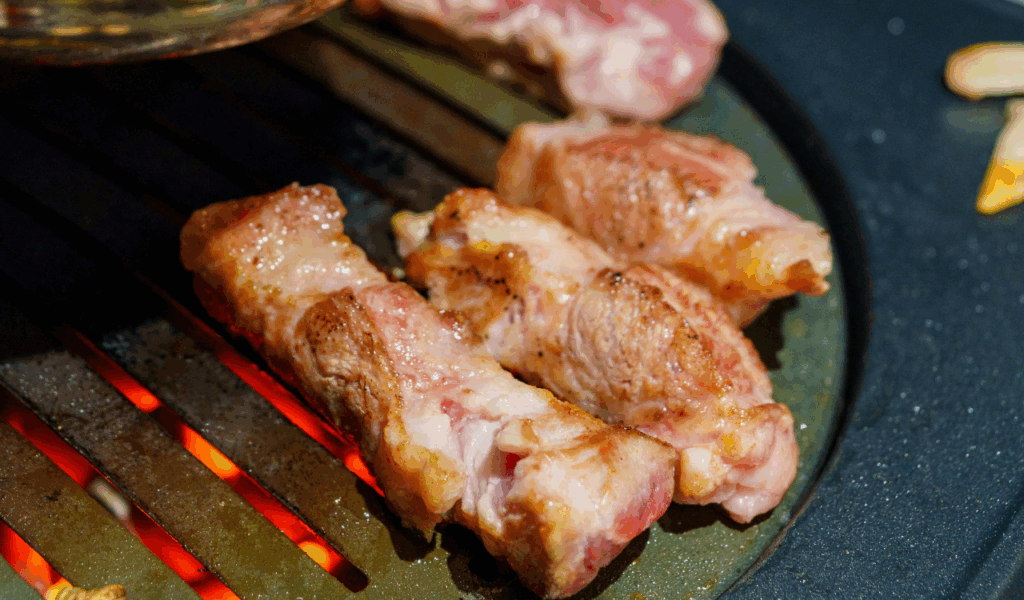
Professional kitchens cannot compromise on food safety, and chefs become extremely irritated when home cooks take careless chances. For instance, it is not only improper but also risky to leave meat out on the counter to thaw. In the “danger zone” between 41°F and 140°F (5°C and 60°C), harmful bacteria proliferate rapidly. Alternatively, defrost overnight in the fridge or submerge the meat (sealed) in cold water, changing the water every half an hour. If you intend to cook the meat right away, you can microwave it. Another major worry is cross-contamination; raw meat should never come into contact with knives or cutting boards that are used for vegetables or other foods that are ready to eat. Always make sure to thoroughly wash your hands, boards, and utensils. These aren’t fancy habits; they’re necessary for your family’s safety and well-being.
7. Using the Wrong Utensils or Tools (or Misusing Non-stick)

When it comes to using the appropriate tools for the job, chefs have strong opinions. It is strictly forbidden to use a metal spatula on a non-stick pan because it erodes the coating and may eventually emit harmful fumes. Similarly, it is unsafe and inefficient to use a butter knife on dense vegetables or a serrated knife on soft fruit. Experts match the right tool for the job: sharp knives for accuracy, silicone for non-stick surfaces, wooden spoons for stirring, and tongs for searing. Instead of using a single pan and spoon for everything, find out what works best and why. Having high-quality tools makes cooking easier, cleaner, and more pleasurable—it’s not just about looking good.
8. Rinsing Pasta or Washing Poultry Before Cooking
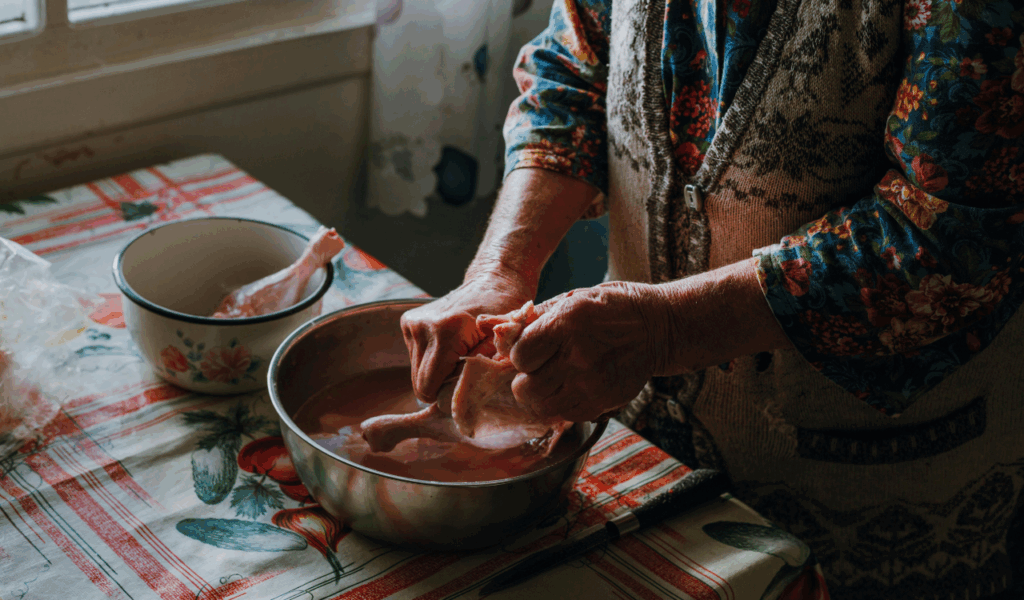
Many home cooks think these two habits are beneficial, but they actually cause more harm than good. When cooked pasta is rinsed, the starch that makes the sauce stick is removed, leaving the noodles slick and the sauce thin. Instead, save some pasta water, which is invaluable for emulsifying sauces. Although washing raw poultry may seem hygienic, it actually increases the risk of bacteria spreading by splattering water onto sinks, counters, and utensils. The most secure method? Cook the meat until the internal temperature reaches 165°F (74°C) without rinsing. Simply pat dry with paper towels to eliminate surface moisture for improved browning. These minor changes improve the efficiency and safety of your kitchen.
9. Relying on Non-stick Pans for Every Task
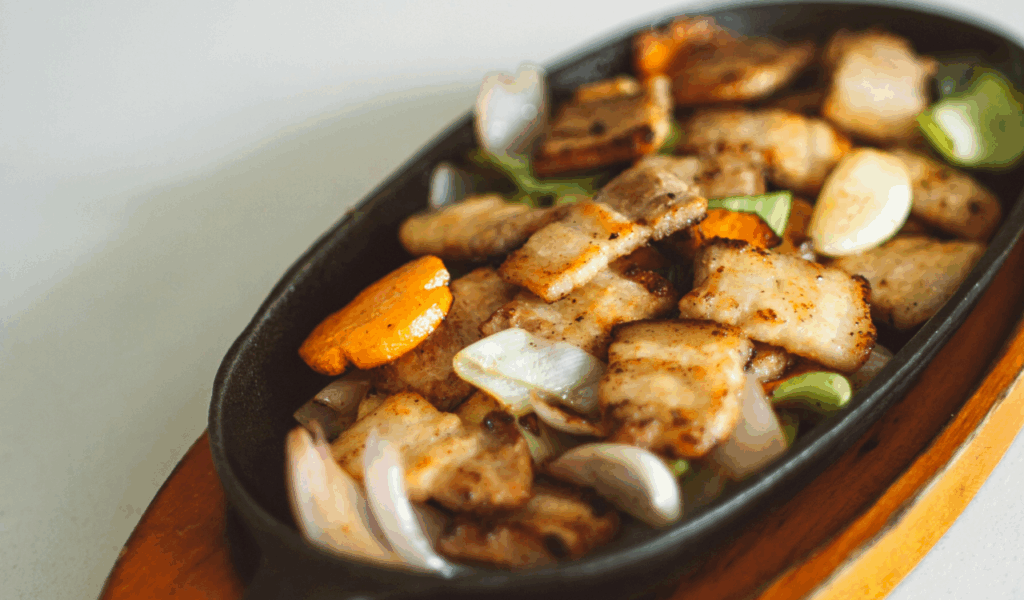
Although they are useful for cooking eggs, pancakes, and delicate fish, non-stick pans are not a universally applicable appliance. Searing and caramelization are limited by their inability to tolerate high heat. They also deteriorate with time, particularly if they are scratched or overheated. Chefs use a variety of cookware, including carbon steel for durability, cast iron for heat retention and searing, and stainless steel for sauces and browning. Every type has advantages. Better textures and flavor development are lost if you only use non-stick for everything. You can significantly improve your results and learn why chefs are so devoted to their equipment by investing in even one high-quality cast iron or stainless-steel skillet.
10. Ignoring Organizational Clean-as-You-Go Habits
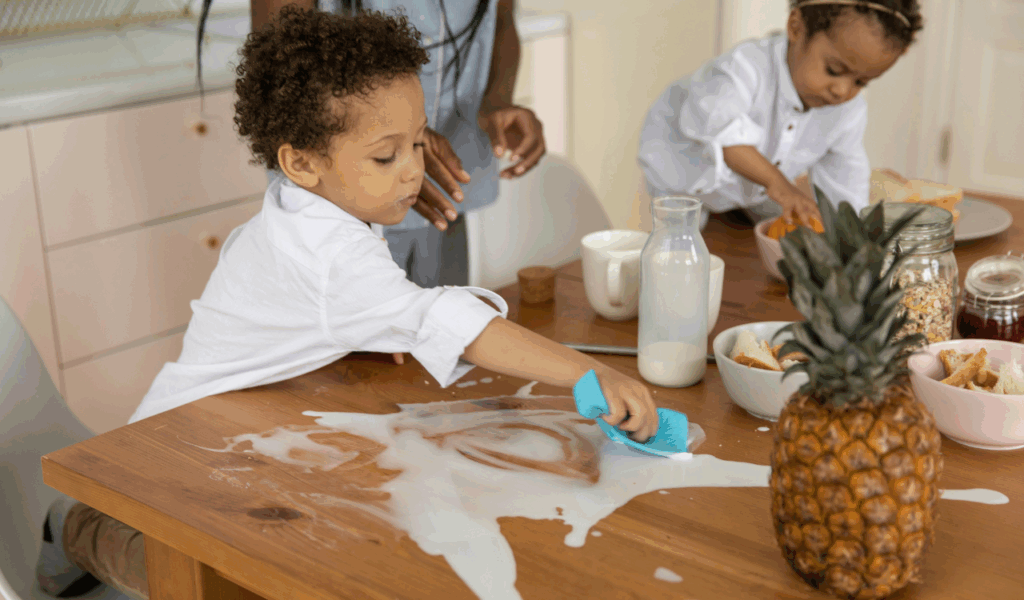
In addition to being inconvenient, a disorganized kitchen slows you down and causes stress. You understand the struggle if you’ve ever spilled something because your counter was crowded or misplaced a spoon beneath a stack of dishes. As they work, chefs clean, wipe, and arrange their work areas. This entails storing any leftover ingredients, soaking pans right away, disposing of scraps in a compost or bowl, and routinely cleaning surfaces. It not only makes cooking more fun, but it also speeds up and simplifies the cleanup process afterward. Additionally, it helps avoid mishaps like cuts or slips brought on by clutter. One of the most obvious indicators of a talented cook is maintaining a clean station.
11. Misreading or Skipping Recipe Instructions (Especially in Baking)

When baking, a single mistake can ruin a whole batch. Baking, in contrast to cooking, involves chemistry; the final product is influenced by measurements, ingredient temperatures, mixing order, and rest periods. Before beginning, chefs always read recipes through, sometimes twice. They look for time-related problems (like chilling dough overnight), hidden prep steps (like softening butter), or tools they’ll need beforehand. This also applies to savory recipes; if you forget to follow a step like “let the pan heat fully before adding meat,” the entire meal may go awry. Cooking is a combination of science and intuition, but you must know the rules before you can break them. Ignoring steps doesn’t save time; instead, it usually results in disappointing outcomes and wasted ingredients.
